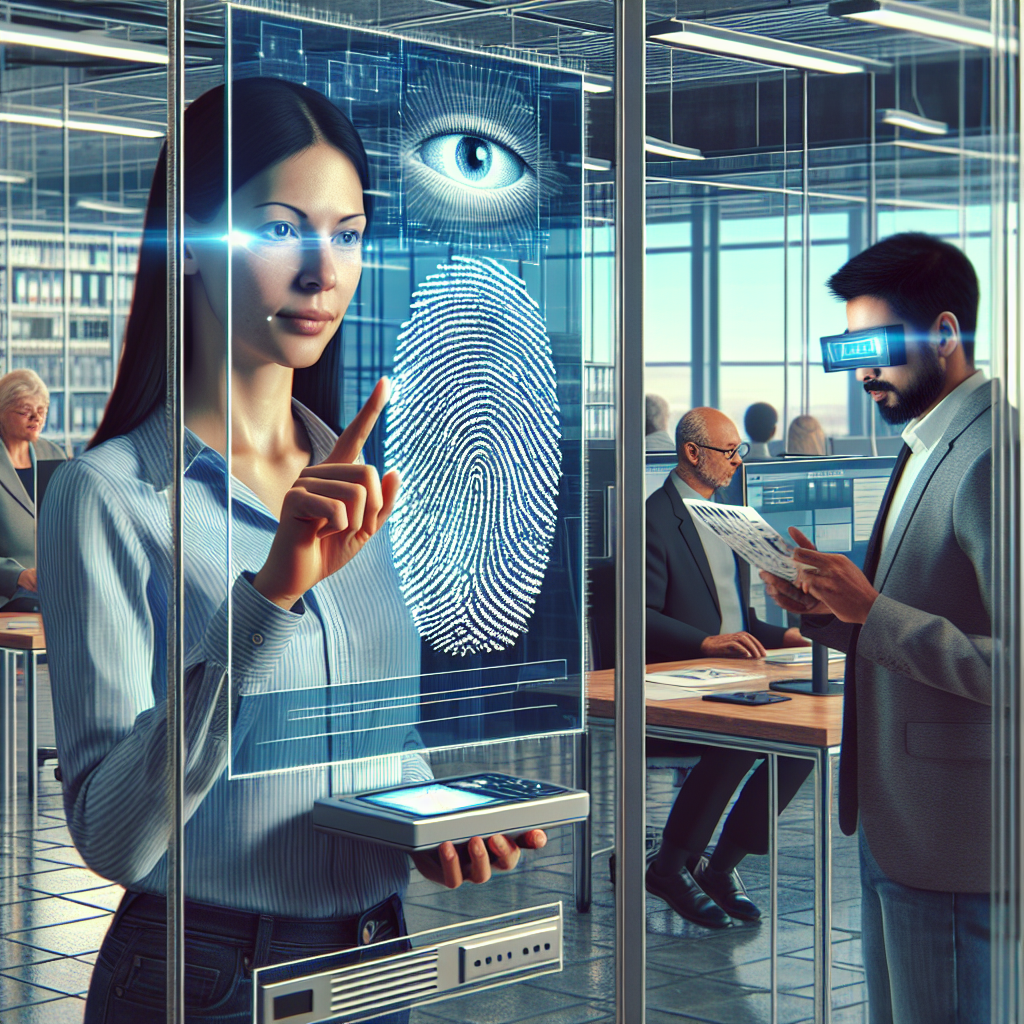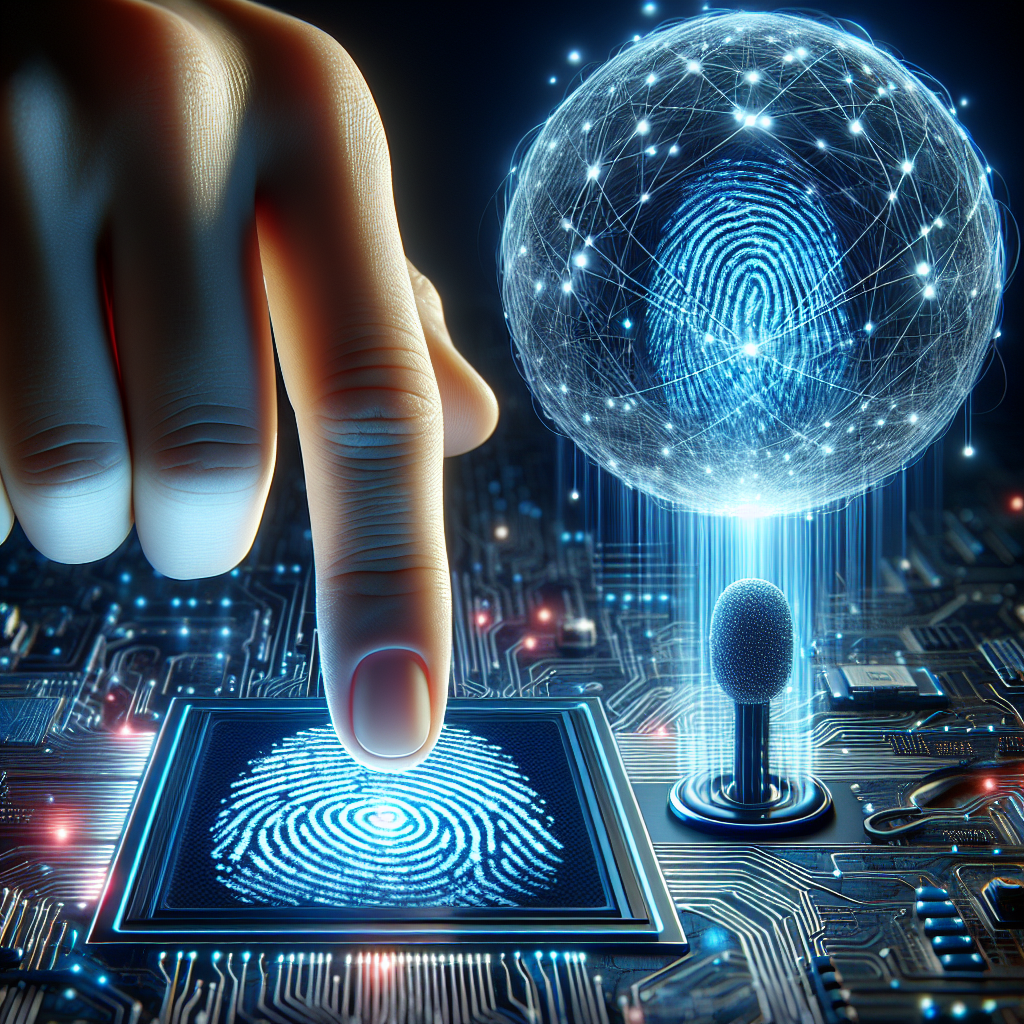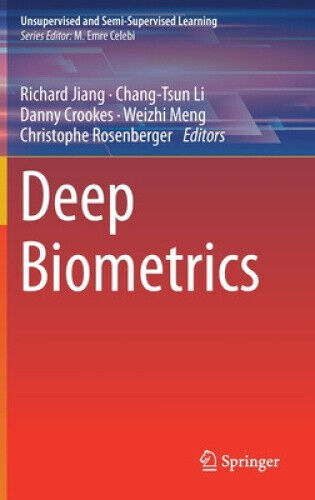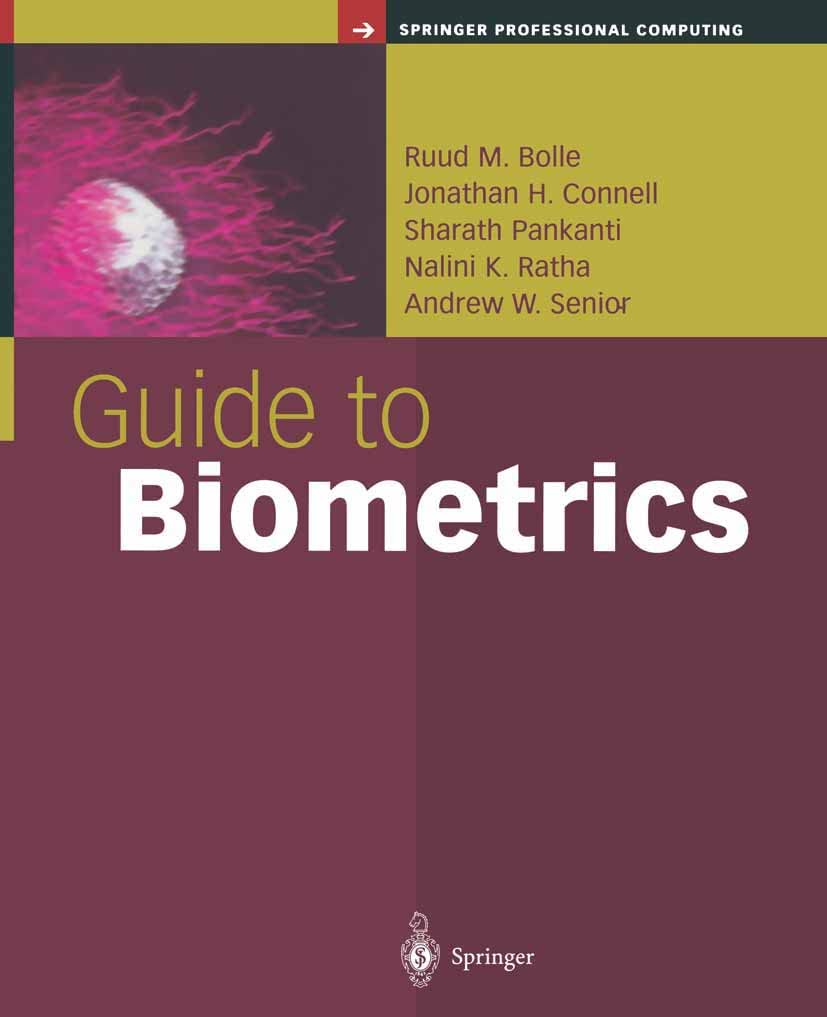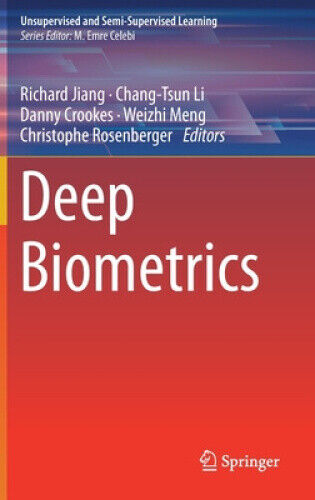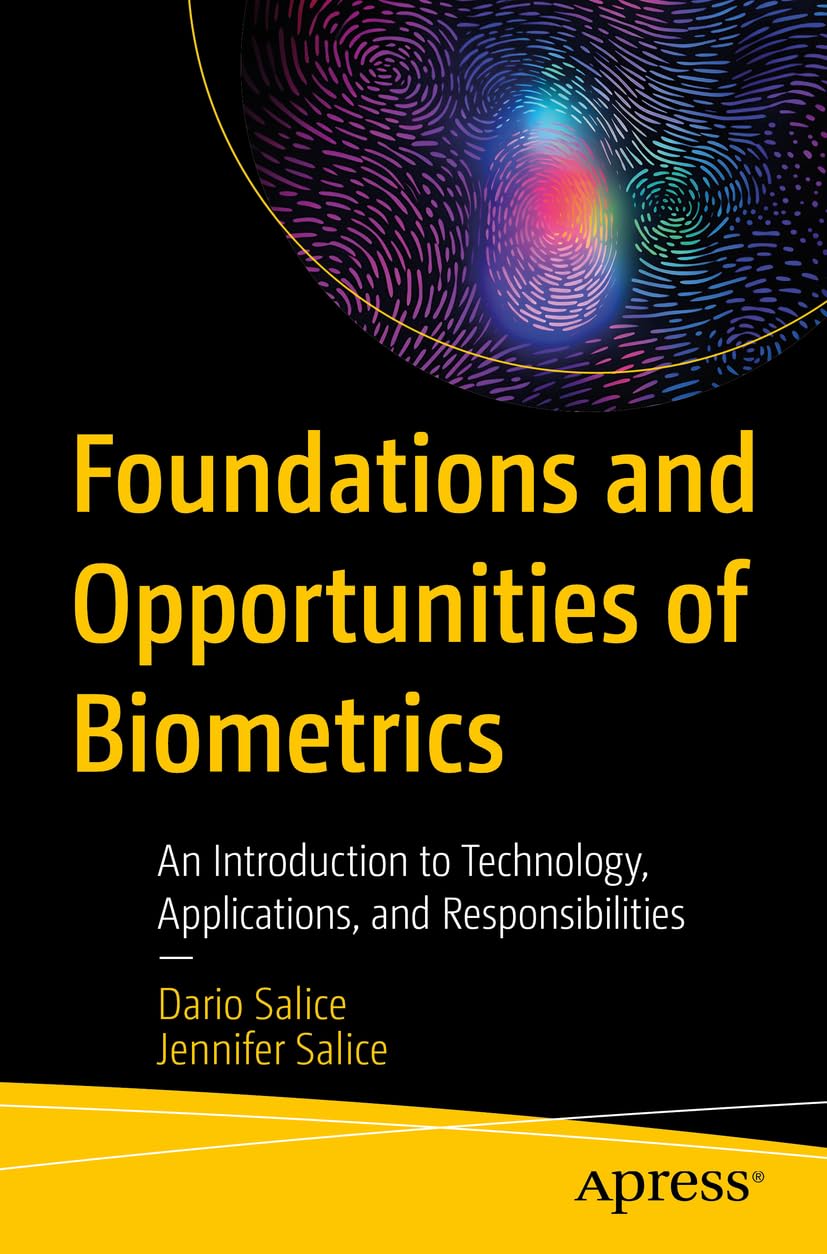In recent years, many employers have turned to biometric technology, specifically fingerprinting, as a method of identification and security within the workplace. This technology has been touted as a more secure and efficient way of verifying the identity of employees, as well as monitoring their attendance and access to certain areas.
Fingerprinting works by capturing an image of an individual’s unique fingerprint pattern, which is then stored in a database and used to verify their identity when needed. This method is considered to be highly accurate, as each person’s fingerprint is completely unique and cannot be easily replicated.
One of the main reasons why employers are turning to fingerprinting is to enhance security within the workplace. By using biometric technology, employers can ensure that only authorized individuals have access to certain areas or systems, reducing the risk of unauthorized access or security breaches.
Additionally, fingerprinting can also be used to track employee attendance and monitor their work hours. This can help employers to accurately record employee hours worked and ensure that they are being paid fairly for their time.
While fingerprinting has proven to be an effective method of identification and security in the workplace, it has also raised some concerns about privacy and data security. Some employees may feel uncomfortable with the idea of having their biometric data stored and used by their employer, raising questions about how this information is protected and who has access to it.
Employers who choose to implement fingerprinting in the workplace should be transparent with their employees about how their biometric data will be used and stored, and should ensure that appropriate security measures are in place to protect this sensitive information.
Overall, fingerprinting is becoming an increasingly common tool used by employers to enhance security and streamline identification processes in the workplace. While there are some concerns about privacy and data security, when implemented properly, fingerprinting can be a valuable asset for employers looking to improve security and efficiency within their organization.
#Fingerprinting #Workplace #Employers #Biometrics #Identification #Security,fingerprint
